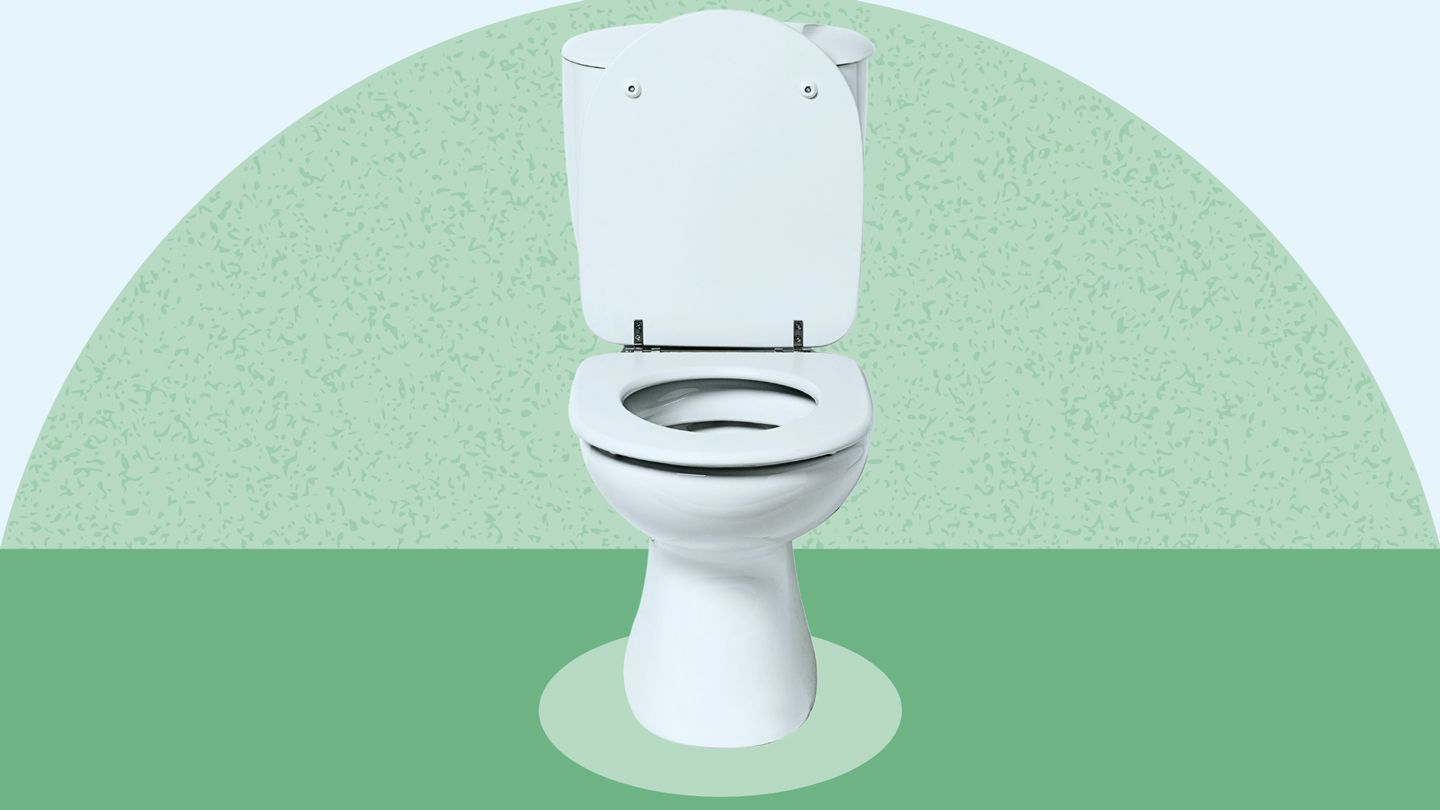The seven types of poop listed on the Bristol Stool Chart range from hard lumps to watery fragments.
Type 1
Type 1 poop looks like hard lumps or small pebbles. These lumps can clump together and feel very painful or difficult to pass. This stool type suggests constipation. If you’re experiencing constipation, it can help to add fiber to your diet, drink more water, and exercise every day to help soften your bowel movements.
Type 2
Type 2 stools have more of a sausage shape, but can still be lumpy and hard. Your large intestine creates your poop by absorbing water and moving the remaining food along, but if it moves too slow, it can get hard, dry, and difficult to pass — a sign of constipation.
Type 3
Like type 2, type 3 poops are sausage-shaped, but they aren’t lumpy and they have cracks along the surface. “Stool types 3 and 4 on the Bristol Stool Chart are considered ideal. These stools are well-formed, easy to pass, and indicate a healthy digestive system,” says Patel.
Type 4
Type 4 bowel movements are thinner, smoother, and softer than type 3.Some describe them as resembling a thin sausage or a snake. “Maintaining stool consistency in the type 3 to 4 range is generally optimal for bowel health,” says Patel.
Type 5
Type 5 poop starts to get softer and looks like soft blobs with clear edges. They’re easy to pass, but can suggest a lack of fiber in the diet. If you pass type 5 stools on a regular basis, it may point to bowel issues but can also be considered in the range of normal. “Types 5 to 7 (soft to watery) suggest a tendency toward diarrhea or rapid transit through the colon,” says Patel.
Type 6
Type 6 poop looks mushy and fluffy, with ragged edges, and can mean you have diarrhea. This type can occur because of factors like stress, illness, food poisoning, or a GI condition.
Type 7
Type 7 is very watery and has no solid pieces. Passing liquid stools can also come with abdominal cramping and an urgent need to have a bowel movement.
Read the full article here




